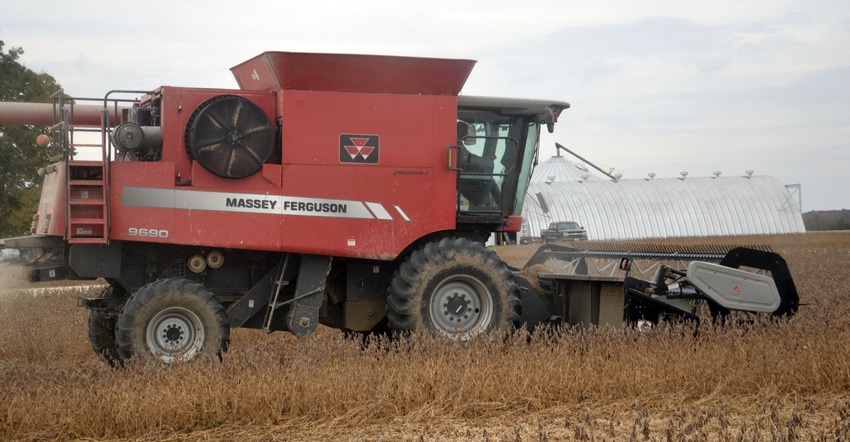
A feeling of frustration dominated farm country throughout most of Indiana in early June. Many fields were still wet, it was still raining in places, and more seed was in bags or totes than in the ground. All this piled on top of a year with incredibly tight margins. Many felt they were fighting a losing battle.
Fast-forward to today. Make no mistake — it’s been a challenging year, and was especially tough for those with less-forgiving soils or in areas where there never was a window to plant. A record number of Indiana fields went unplanted. If some were yours and you have crop insurance, perhaps you at least recovered some costs.
For many, however, yields turned out surprisingly well. Yes, yields are all over the board, from 25 to 75 bushels per acre on soybeans and 90 to 220 bushels per acre on corn. But just five short months ago, many expected yields near the top end of that range would only occur in the very few places that escaped super-long planting delays and/or drought stress three months later.
When you look back on this season, most of you will remember the frustration, the feelings of helplessness when you couldn’t plant, the lower-than-expected prices and the drought.
Positive side
Be sure you don’t miss the positive lesson from this year, as well. The 2019 season is a testament to how far seed companies — aided in some cases by university research, equipment companies and others that develop technologies for weed, disease and insect control — have come in developing products that deliver results.
If someone told my dad, now passed on, that you could plant soybeans June 12 with a no-till drill and harvest 57 bushels per acre across an entire field, he wouldn’t have believed it. Yet it happened in the Soybean Watch ’19 field. Some 5 acres within that field, picked at random and weighed on grain cart scales, averaged 64 bushels per acre.
Planting date isn’t the whole story. The field was plagued by 10 straight days of rain beginning three days after planting, delivering 5 inches total. Then there was virtually no rain after the first weekend in September, when beans were in their most critical phase.
My father would have shaken his head at this, too: A field-size corn trial at the Throckmorton-Purdue Agricultural Center near Lafayette, Ind., turned out yields averaging above 200 bushels per acre, planted June 1 and harvested Oct. 23, at 24% moisture. My dad only reached 200 bushels per acre once in his life, near the end of his long farming career, and that field was planted in early May, not June.
Better-than-expected yields will help some of you right your financial ship as you prepare for next year. Unfortunately, not everyone will be as lucky. But even if you didn’t get the yields you hoped for, take heart. What soybean varieties and corn hybrids did this year when given half a chance bodes well for the future.
These aren’t your dad’s crop genetics, no matter what brand you plant, and in most cases, it’s not your dad’s seed treatments, equipment or pesticides either. You’ve got an impressive arsenal to choose from, with more products and technology coming in the pipeline.
Now all we need is a “normal” year for genetics and technology to show what they can really do — whatever “normal” is today!
Comments? Email [email protected].
About the Author(s)
You May Also Like




